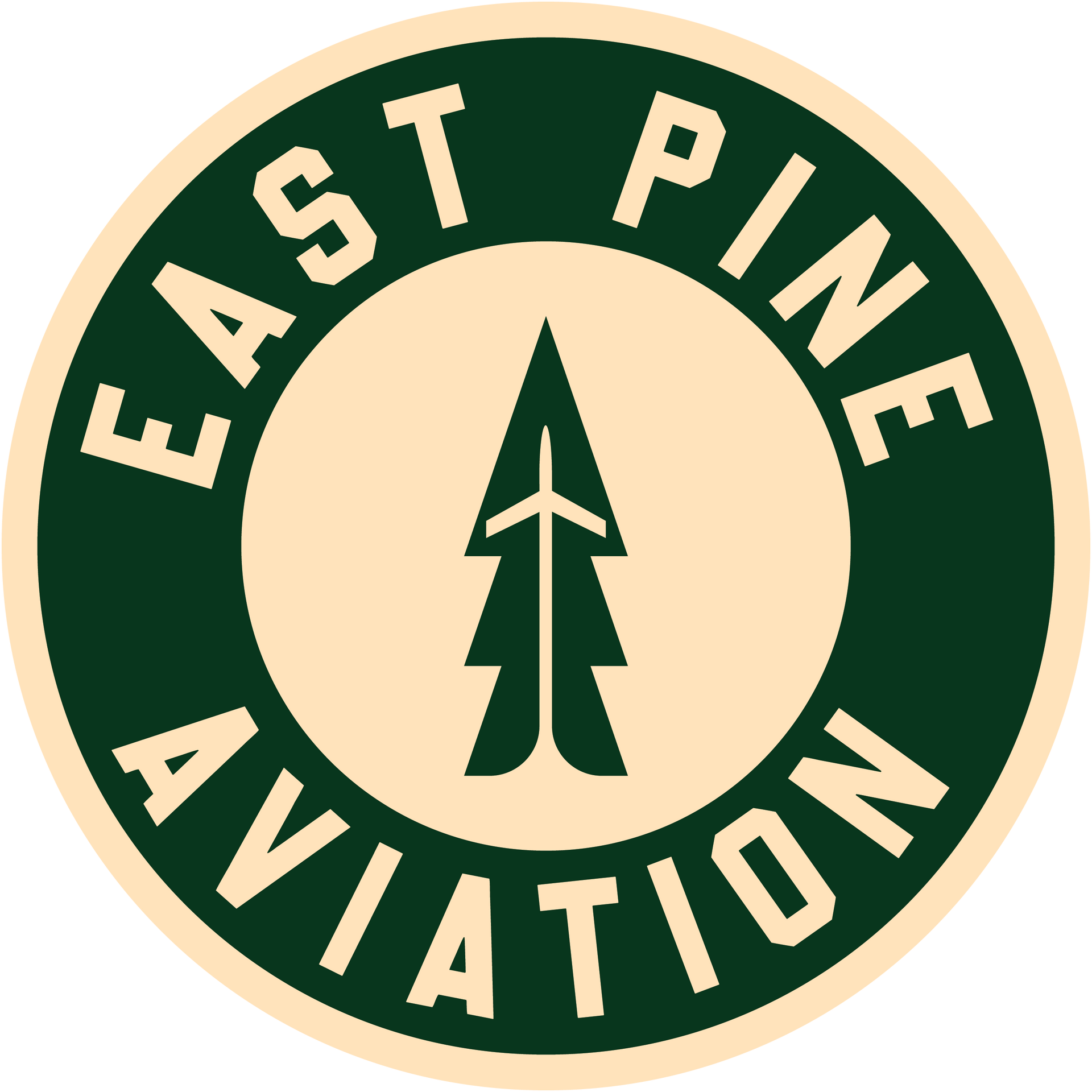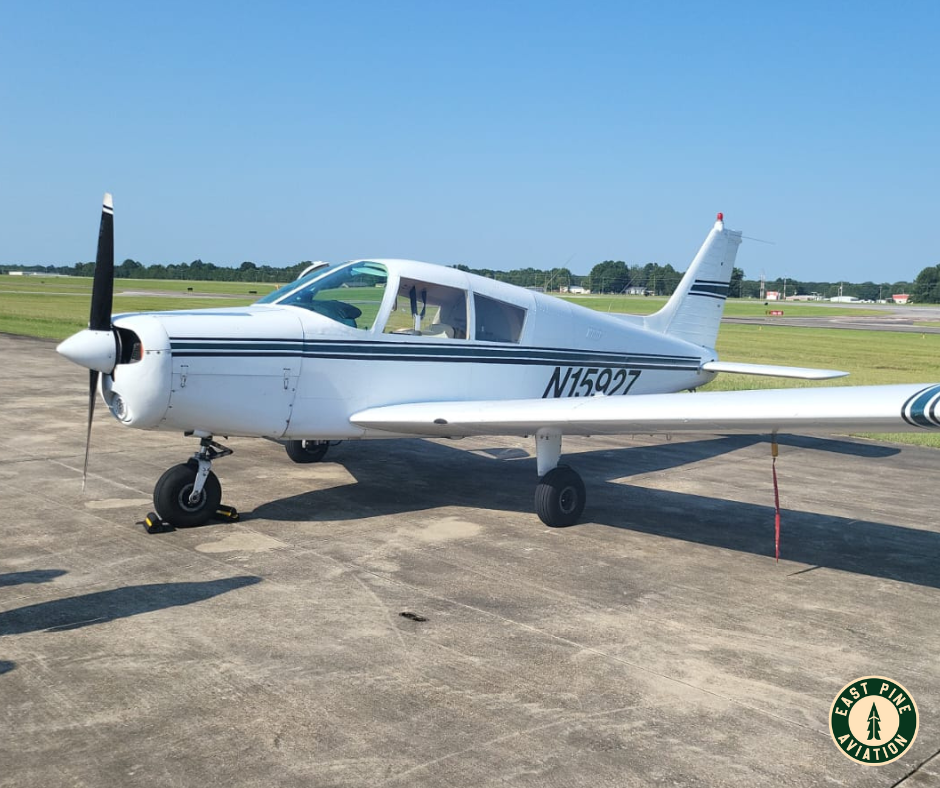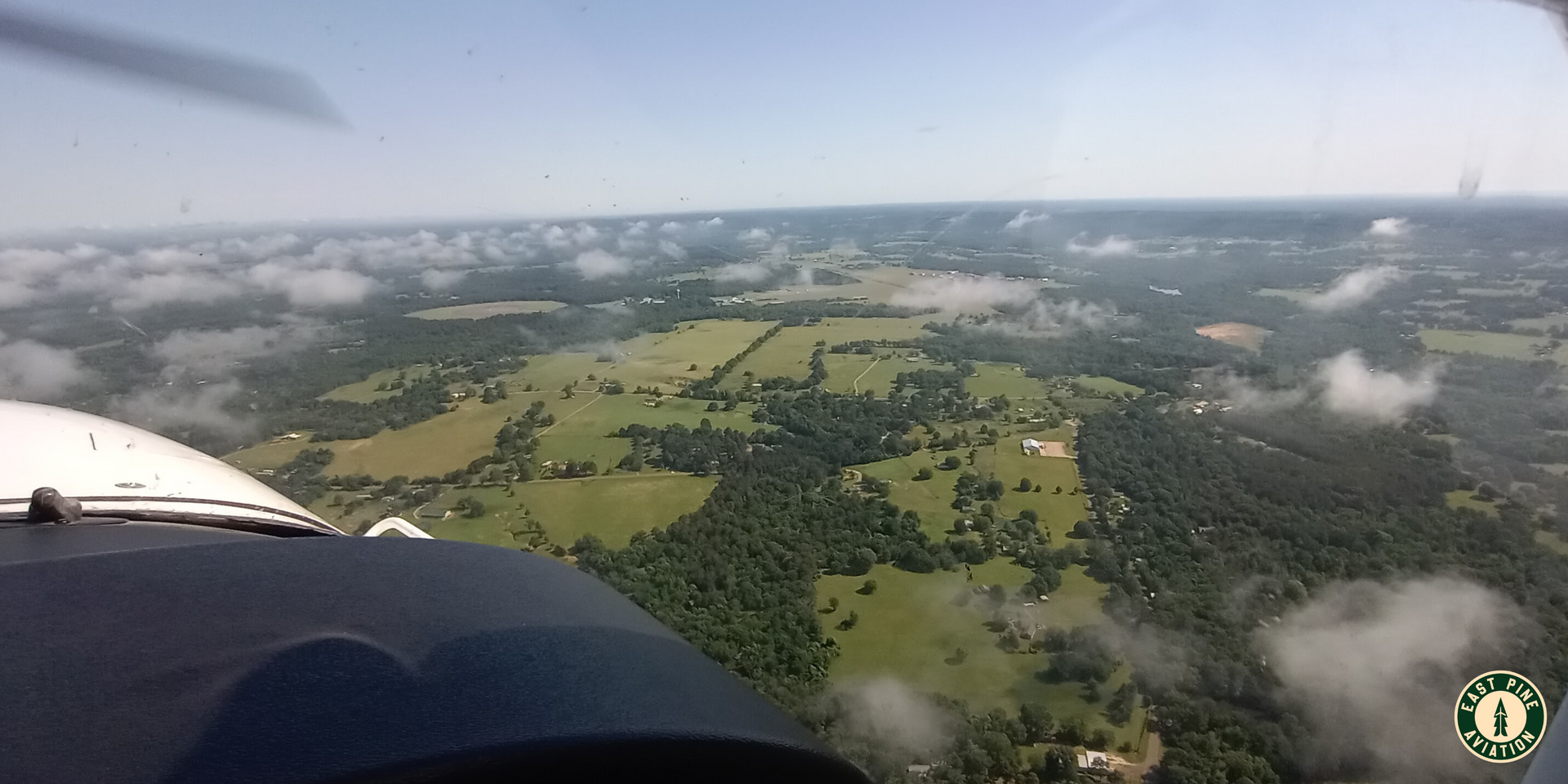10 Essentials All Pilots Need
Today, pilot must-haves include proof of certification, personal protective gear, cockpit tools, aircraft inspection materials, and navigation aids.
At the very least, pilots should have a headset and either a kneeboard or tablet for jotting down information. For those itching to fly a plane nearby, possessing the right tools can make all the difference. Additional necessities include VFR sectionals and terminal area charts, available in both paper and electronic forms.
For cross-country flights (defined as anything more than 50 nm for airplanes), if you're training at a nearby flight school, you'll need a filled-out navigation log and a flight computer that allows for time, speed, and distance calculations. For instrument flights, you should also have approach plates and an IFR en route chart—either high or low, depending on your mission.
Other pilot essentials include a multitool, a working flashlight, and a spacious bag to store everything. If you're clocking cross-country hours towards a private or sport pilot certificate, remember to keep your logbook handy.
Why Pilot-Specific Gear?
Certain gear is tailor-made for pilots. Take the pilot kneeboard, for instance. It's essentially a lap desk designed for the cockpit. As you delve into learning how to fly planes, this will be one of the many tools you'll come across.
Are There Student Pilot Essentials?
Absolutely! If you're passionate about becoming a pilot and are enrolled in nearby flight schools, you'd be aware that student pilots must carry their logbook on every flight when they're the Pilot in Command. This is because these flights count towards obtaining a certificate or rating, and you'll want to get every hour you can log!
Top 10 Pilot Essentials
Below, East Pine Aviation offers some suggestions for what a pilot should carry on every flight. When you're considering various gear, remember the basics and pack the pilot essentials appropriate for the mission. For example, on warm days, you’ll likely want to pack more water.
Pilot Certification
In order to exercise your privileges as a pilot in command or as a required flight crew member, you need to have in your possession your pilot certificate, a government-issued photo ID, and your medical certificate. These are basic pilot essentials for every flight. Keep them together just in case you are “ramp checked” and asked to show them. If you are using the flight to build experience for a private or sport pilot certificate, you are also required to have your logbook in your possession.
Headset
A good quality aviation headset is another pilot essential because it is a vital piece of safety equipment. Many pilots will experience some degree of hearing loss at the end of their careers, so it is important to protect the hearing you have from the beginning. Make sure the headset fits you and that there’s a tight seal between the ear cups and your ears. You can spend $1,000 or more on a headset, so you might want to shop around to see if anyone has one for sale at a reduced price. For additional hearing protection on the ground, consider aviation earplugs.
iPad/Paper and Writing Implements
If you are going electronic, an iPad loaded with appropriate sectional charts and the Foreflight app is a must—many pilots carry paper backups as a precaution because no one ever lost the use of their paper sectional from dropping it on the ramp or because it ran out of juice or became overheated in the sun.
If you are using paper and writing implements as a backup or a primary means of copying down information, such as the weather before a flight, bring pens, pencils, and paper notebooks.
Non-polarized Sunglasses
Sunglasses are also pilot essentials. They help protect your eyes from glare and strain. Be careful to select the unpolarized kind, though, because polarized lenses destroy depth perception and can render the screens of glass cockpit aircraft black and unreadable. Your best bet here is to find an inexpensive pair of non-polarized sunglasses. Make sure the bayonet (that’s the earpiece) interfaces properly with your headset. You may also want to wear a ballcap to shade your eyes.
Snacks and Extra Water
Unlike a car trip, you can’t just pull over for snacks and water when flying an airplane. Carry them with you amongst your other pilot essentials.
Portable Charger
A portable device charger is also a must-have because we’re so dependent on our electronic devices, be they in the air or on the ground. Make sure the charger is adaptable to the aircraft. Most portable chargers plug into the 12v cigar/cigarette lighters that many aircraft include.
A portable battery bank is another great option, especially for rental aircraft without a 12v port. As long as you keep them charged, they can keep your gear running for hours to full days, more than enough for even the longest cross-country flights.
First Aid Kit
There are all sorts of ways to hurt yourself around an airplane. You can walk into the flap or ailerons of a high-wing airplane and get a cut on your forehead or burn your hand on a hot oil cap. You’ll be happy that you have a portable first-aid kit—another pilot essential—with you in these instances. Make sure you have a variety of adhesive bandages, gauze, and antiseptic wipes to address these small injuries.
Two-Way Radio
Just about every pilot has experienced a radio failure at some point—or they will. While the FAA has emergency light gun signals that pilots are required to know, it is usually a lot easier—not to mention safer—to pull out your hand-held radio and transmit your intentions on that rather than have the other pilots guess at what you are doing. For this reason, many pilots recommend that a two-way radio be included in your pilot bag essentials.
Two-way radios in this class can run from $200 (Yaesu-250L) to $600 for models that can also function for emergency VOR navigation. For aviators on a budget, you can find cheaper one-way radio scanners that are made to listen in to airport frequencies but not talk back. If you buy one of these, ensure it is made to pick up AM signals (many scanners in the budget range are FM only) and can pick up the aviation communication frequency range of 118.00-136.975 MHz.
Multitool and Flashlight
Make sure you get one that has at least one knife blade, both Phillips-head and flathead screwdrivers, pliers, and a wire stripper.
Some multitools have built-in flashlights—if not, be sure to carry a flashlight that can put out red light at night. White light is useful for preflight inspection at night and looking into dark engine compartments and fuel tanks. Red LED lamps or colored lenses are useful in the cockpit to preserve your night vision during night flight.
Is a Flight Bag Crucial Pilot Gear?
Flight bags are designed for pilot gear. They have specialized pockets, often padded and shaped to hold specific items such as headsets, sunglasses, and flashlights. You should practice packing and unpacking the bag to help acquaint yourself with where everything is so you do not have to fumble with the bag under a time crunch. A well-organized flight bag containing all the pilot essentials is critical for mission success.
E6-B Flight Computer
Finally, when on cross-country flights, the student should have their E6-B flight computer at the ready because one of the skills they are practicing is checking time, speed, and distance to calculate fuel burn.
Must-Haves for Pilots
Piloting demands specific gear. As you embark on your journey to learn flying, your flight instructor or the aviation academy will likely provide you with a checklist of necessary pilot equipment. Some of these items can be procured directly from your school, while others can be bought online from vendors such as Sporty’s Pilot Shop, The Pilot Mall, Aircraft Spruce, and Amazon.
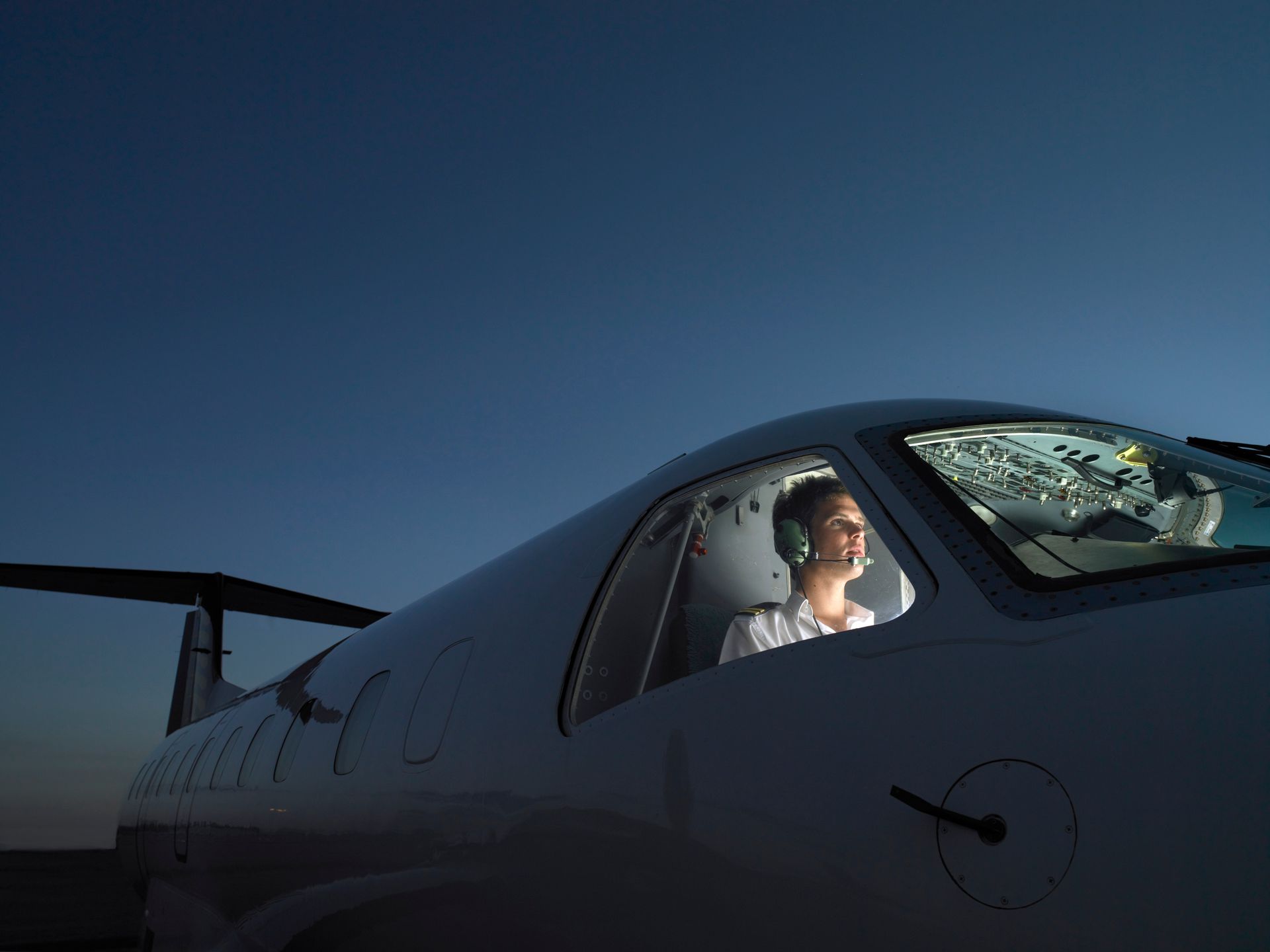
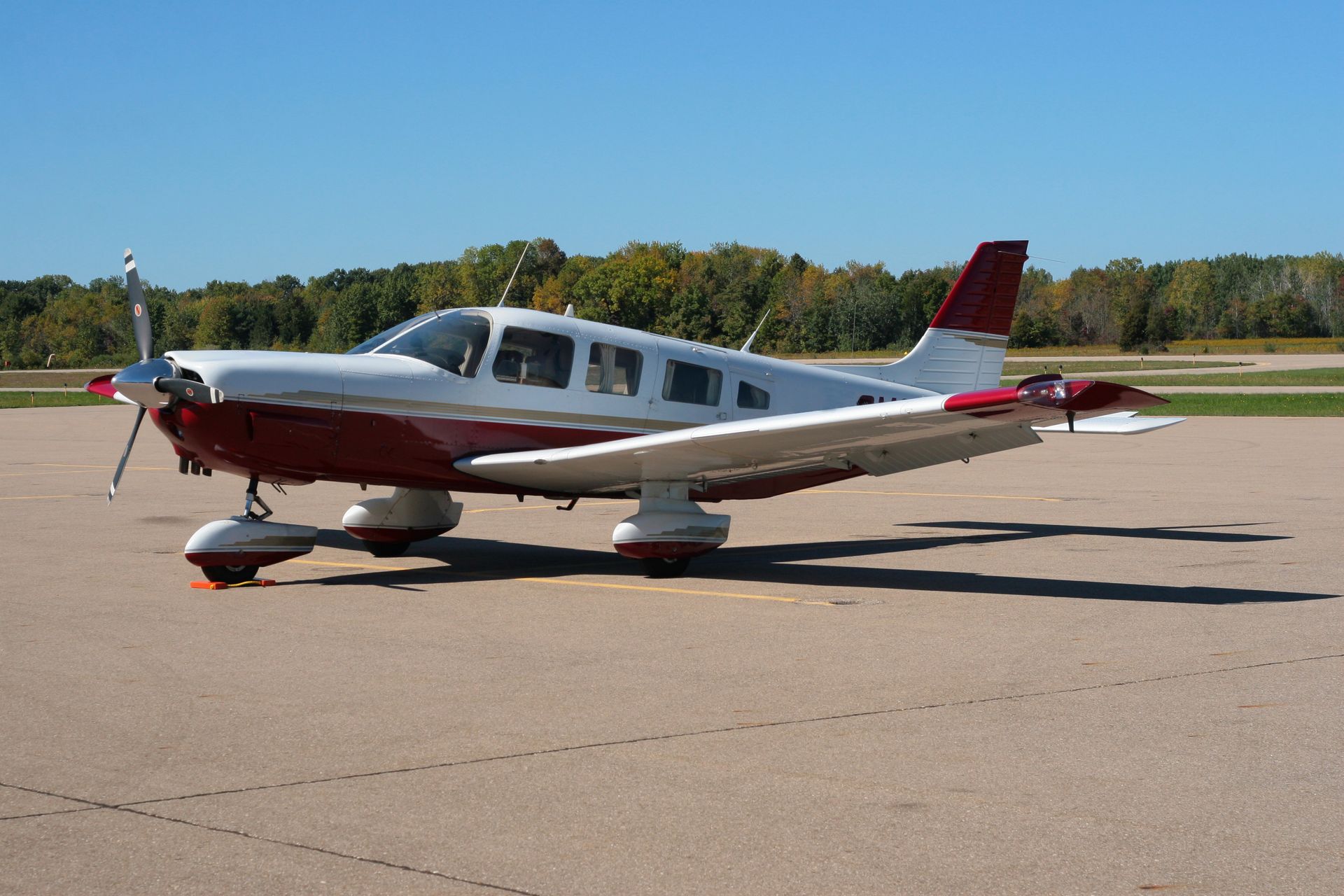
Contact Information
Phone:
Address:
147 Central Road Longview, TX 75603
Our Location
